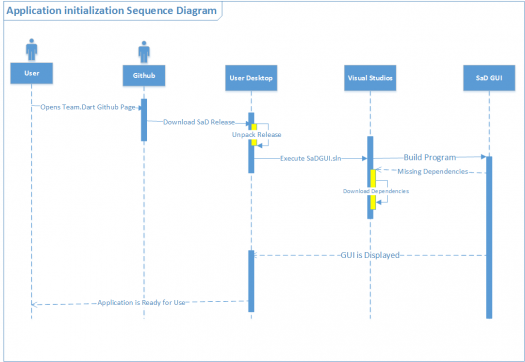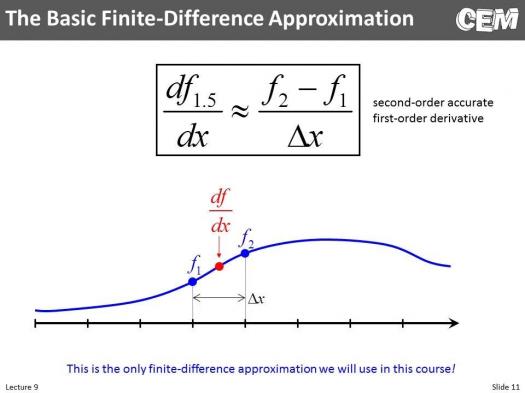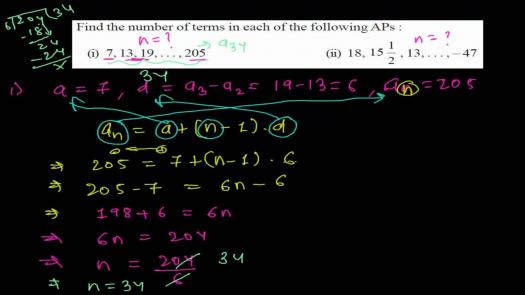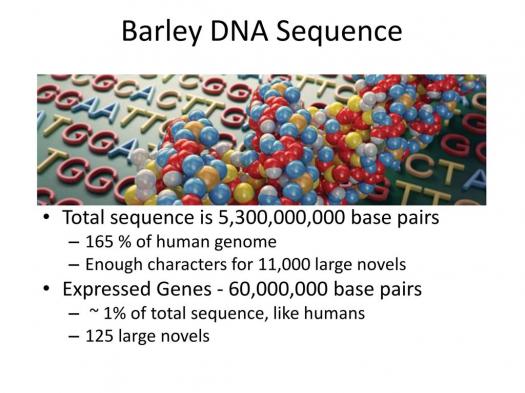What Do You Know About Running Total?

As clear as it sounds, a running total is described as the summation of sequence of numbers which is updated each time a new value or number is added to the sequence. Although the concept looks quite simple, how much can you say that you know about it? Try our quiz and find out.
- 1.
What's the other name for a running total?
- A.
Addition
- B.
Partial sum
- C.
Summation
- D.
Algebra
Correct Answer
B. Partial sumExplanation
A running total refers to the cumulative sum of a series of numbers as they are added together. The term "partial sum" is often used interchangeably with running total to describe the sum of a portion of the series. Therefore, "partial sum" is the other name for a running total.Rate this question:
-
- 2.
What's the purpose of a running total?
- A.
It allows the total to be stated at any point in time without having to substract the entire sequence each time.
- B.
It allows the sequence to be stated at any point in time without having a total
- C.
It allows the total to be stated at any point in time without having to multiply the entire sequence each time
- D.
It allows the total to be stated at any point in time without having to sum the entire sequence each time.
Correct Answer
D. It allows the total to be stated at any point in time without having to sum the entire sequence each time.Explanation
A running total allows the total to be stated at any point in time without having to sum the entire sequence each time. This means that as new values are added to the sequence, the running total can be easily updated without recalculating the sum from the beginning. This can be useful in various scenarios, such as tracking the cumulative sales of a product or keeping a running tally of scores in a game.Rate this question:
-
- 3.
What is the total of the following sequence, <5 8 3 2>?
- A.
10
- B.
16
- C.
18
- D.
20
Correct Answer
C. 18Explanation
The total of the sequence can be found by adding all the numbers together: 5 + 8 + 3 + 2 = 18.Rate this question:
-
- 4.
What is the total of the following sequence, <5 8 3 2 6 >?
- A.
24
- B.
22
- C.
26
- D.
28
Correct Answer
A. 24Explanation
The total of the sequence is 24 because it is the sum of all the numbers in the sequence: 5 + 8 + 3 + 2 + 6 = 24.Rate this question:
-
- 5.
What is the equivalent of a running total when it comes to a subtraction?
- A.
A difference
- B.
A running difference
- C.
A statement
- D.
A rolling difference
Correct Answer
B. A running differenceExplanation
A running difference refers to the ongoing calculation of the difference between two values. It is similar to a running total, but instead of adding values together, it subtracts them. This means that the running difference keeps track of the cumulative difference between values as they are subtracted from each other over time.Rate this question:
-
- 6.
What is a finite difference?
- A.
It is a mathematical expression of the form f(x+b)-f(x+a)
- B.
It is a mathematical expression of the form f(x+b)
- C.
It is a mathematical expression of the form f(x+a)
- D.
It is a mathematical expression of the form f(b)-f(a)
Correct Answer
A. It is a mathematical expression of the form f(x+b)-f(x+a)Explanation
A finite difference is a mathematical expression that calculates the difference between two values of a function, where one value is shifted by a constant amount (b) and the other value is shifted by a different constant amount (a). This expression, f(x+b)-f(x+a), represents the finite difference between the function values at x+b and x+a.Rate this question:
-
- 7.
What tool uses running totals all the time?
- A.
Cash registers
- B.
Calculators
- C.
TV
- D.
A watch
Correct Answer
A. Cash registersExplanation
Cash registers use running totals all the time to keep track of the total sales and calculate the change to be given back to the customer. They continuously update the total amount as each item is scanned or entered, ensuring an accurate and up-to-date running total. This feature is essential for efficient and accurate financial transactions in retail and other businesses.Rate this question:
-
- 8.
What is the total for the following sequence <6 2 3 4 1>?
- A.
15
- B.
16
- C.
12
- D.
11
Correct Answer
B. 16Explanation
The total for the sequence can be calculated by adding all the numbers together: 6 + 2 + 3 + 4 + 1 = 16.Rate this question:
-
- 9.
What's the result of the following sequence <5 2 4> ?
- A.
7
- B.
10
- C.
9
- D.
11
Correct Answer
D. 11Explanation
The result of the sequence is 11. This can be determined by adding the three numbers in the sequence together: 5 + 2 + 4 = 11.Rate this question:
-
- 10.
What's a series in mathematics?
- A.
It is a description of the operation of dividing infinitely many quantities to a given ending quantity
- B.
It is a description of the operation of removing infinitely many quantities to a given starting quantity
- C.
It is a description of the operation of adding infinitely many quantities to a given starting quantity
- D.
It is a description of the operation of substracting infinitely quantities to a given starting quantity
Correct Answer
C. It is a description of the operation of adding infinitely many quantities to a given starting quantityExplanation
A series in mathematics is a description of the operation of adding infinitely many quantities to a given starting quantity. This means that in a series, numbers are added together in a specific order and the sum of these numbers can approach infinity. The concept of a series is fundamental in calculus and is used to study the behavior of functions and solve various mathematical problems.Rate this question:
-
Quiz Review Timeline +
Our quizzes are rigorously reviewed, monitored and continuously updated by our expert board to maintain accuracy, relevance, and timeliness.
-
Current Version
-
Mar 15, 2023Quiz Edited by
ProProfs Editorial Team -
May 23, 2018Quiz Created by
Anouchka
 Back to top
Back to top












